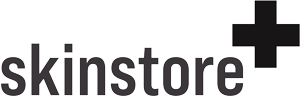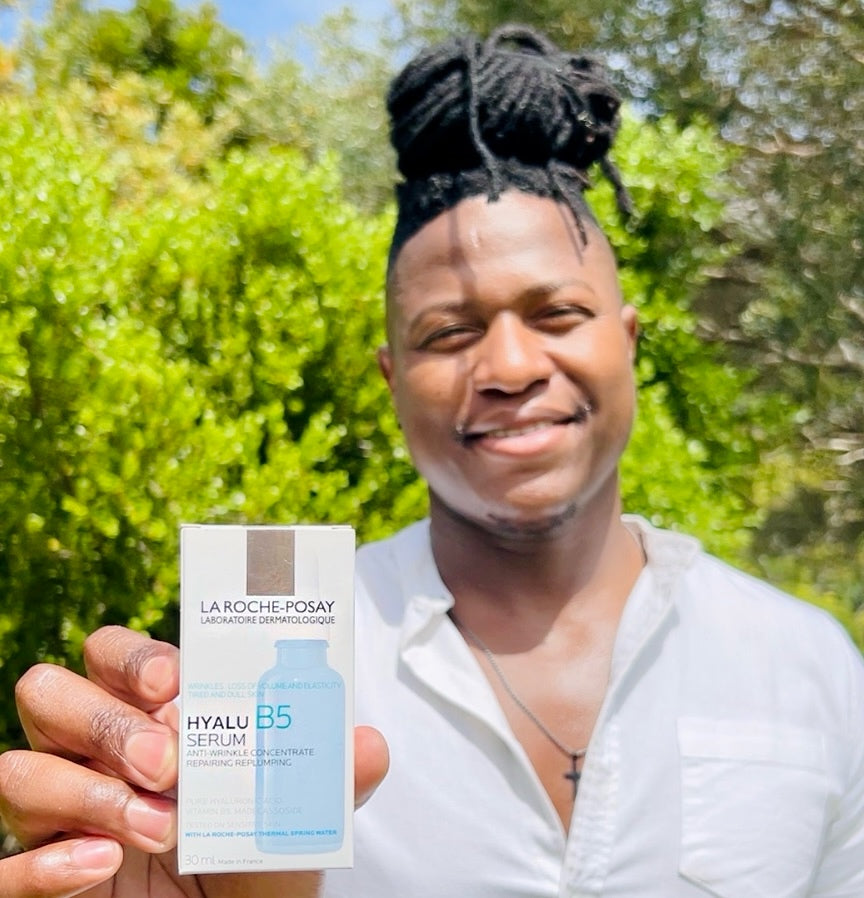Ever wondered how skin types are determined?
If you have never had your skin type diagnosed by a skincare therapist, Dermatologist, or doctor, it’s best to book a consultation to understand better how skin types are determined. Many skin conditions can develop over time due to external and internal factors. Your skin type, however, you are born with.
The only time that your skin type can change is:
- When you are using certain medications.
- Due to menopause which causes a decrease in sebaceous activity.
- If there is a structural change in the skin.
- Hormonal changes.
- Moving to a different climate.
Common skin conditions:
- Acne.
- Atopic dermatitis (Eczema) – (rash, itchiness, redness, crusting).
- Rosacea (reddened skin and acne).
- Psoriasis (red, scaly, painful skin).
- Contact dermatitis (contact with an allergen).
- Vitiligo (loss of pigment in the skin).
- Keratosis pilaris (often seen on the arms and legs) – (bumpy, rough skin).
- Melasma (dark pigment patches that appear on the skin).
- Seborrheic dermatitis (dandruff) – (red, scaly patches).
Dry (Alipidic) skin type:

A skin type that produces less sebum. Dry and dehydrated skin are very different, so don’t be fooled. Dry skin is a skin type and dehydrated skin, is a skin condition. Any one of the skin types can be dehydrated.
Characteristics of dry skin:
- Feels tight.
- Feels rough.
- Has a constant dull appearance.
- Can feel itchy.
- Mild flakiness can be present.
- Tight feeling after cleansing (If you are using the incorrect cleanser).
Product regime example for a dry skin type:
- Cleanse: CeraVe Hydrating Cleanser
- Exfoliate once per week: Lamelle Cathepzyme System 1
- Face mask once to twice per week: Lamelle Serra Lipid Recovery Mask
- Moisturizer: La Roche-Posay Lipikar Balm AP+M
- Serum: SkinCeuticals Hydrating B5 Gel
- Eye care: CeraVe Eye Repair Cream
- Sun protection: Heliocare 360 Fluid Cream
Oily skin type:

A skin type with a heightened sebum production. Often, we want to strip the skin of the waxy, oily feeling on the surface of the skin, I would advise against this, and rather recommend that you incorporate sebum-regulating ingredients (products) into your skincare regime (examples are listed below).
Characteristics of oily skin:
- The skin has a shiny appearance.
- Acne lesions are commonly present.
- Enlarged pores are present.
- Blemishes may be present.
- The skin has an oily/waxy feel to it.
- It feels like you want to wash your face x1O times per day.
- Pores come clogged easily.
Product regime example for an oily skin type (not for Roaccutane users):
- Cleanse: NeoStrata Clarifying Cleanser
- Exfoliate once to twice per week: NeoStrata Smooth Surface Glycolic Peel
- Face mask once to twice per week: SkinCeuticals Clarifying Clay Masque
- Spot treatment: Lamelle Clarity Active Control
- Moisturizer: La Roche-Posay Effaclar MAT
- Serum: NeoStrata Mandelic Mattifying Serum
- Eye care: CeraVe Eye Repair Cream
- Sun protection: Heliocare 360 Gel Oil-Free
Product regime example for an oily skin type (for Roaccutane users):
- Cleanse: CeraVe Hydrating Cream-to-Foam Cleanser
- Exfoliate once per week: NeoStrata Restore PHA Renewal Pads
- Face mask once to twice per week: Lamelle Lipid Recovery Mask
- Moisturizer: La Roche-Posay Effaclar H Iso-Biome
- Serum: NeoStrata Restore Redness Neutralizing Serum
- Eye care: NeoStrata PHA Eye Cream
- Sun protection: Heliocare Mineral Tolerance Fluid
Combination skin type:

A combination of skin types is present at the same time. Two zones on the face are commonly affected, the T-zone and the Y-zone. The T-zone has an oily forehead, nose, and chin area. The Y-zone (sometimes referred to as the U-zone) has an oily chin and cheeks.
Characteristics of combination skin:
- Dry patches on certain areas of the skin.
- Shiny patches on certain areas of the skin.
- Enlarged pores.
- Blackheads and whiteheads may be present.
- The T-zone (most commonly affected) of the face feels oilier than the rest of the face.
Product regime example for a combination skin type:
- Cleanse: CeraVe Foaming Cleanser
- Exfoliate once per week: Lamelle Cathepzyme System 1
- Face mask once to twice per week: SkinCeuticals Phyto Corrective Masque
- Moisturizer: NeoStrata Ultra Day Time Smoothing Cream
- Serum: NassifMD Daily Revitalizing Antioxidant Serum
- Eye care: SkinCeuticals A.G.E Eye Complex
- Sun protection: Heliocare 360 Airgel
Balanced skin type:

A skin type that has a well-balanced sebum production. The skin’s surface does not feel too oily or too dry.
Characteristics of balanced skin:
- Skin does not feel too dry.
- Skin does not feel too greasy.
- Small pores are present.
- The skin has a smooth texture.
- The skin is not prone to breakouts.
- Trans-epidermal water loss can be present.
Product regime example for a balanced skin type:
- Cleanse: NeoStrata Glycolic Mousse Cleanser
- Exfoliate once per week: NeoStrata Glycolic Microdermabrasion Polish
- Face mask once to twice per week: SkinCeuticals Phyto Corrective Masque
- Moisturizer: CeraVe Facial Moisturizing Lotion SPF50
- Serum: SkinCeuticals H.A. Intensifier
- Eye care: Lamelle Nourish Revitalize Eye Cream
- Sun protection: La Roche-Posay Anthelios UVMUNE 400 Invisible Fluid
Every skin type is different and what works for one individual with oily skin, might not work for someone else with oily skin. It’s best to seek advice from a professional if you are uncertain about your skin type and the conditions that may present on the skin. All skin types can be affected by any of the skin conditions at some point, that’s why it’s very important to know your skin type!

